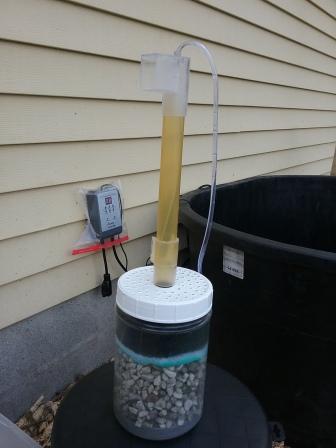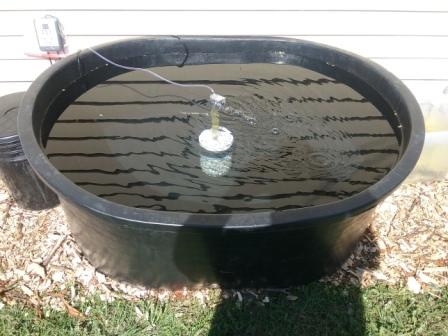AbbeysDad
Fish Gatherer
------Okay, thank you. So assuming nitrates aren’t great for fish and ammonia is worse... and plants favor ammonia over nitrates, How do you suggest making them both happy living together?
Your question suggests that you don't fully understand what beneficial biology in the 'cycled' aquarium does. Yes, plants will use ammonia as their nitrogen source - preferred over nitrates. Nitrosomonas bacteria will convert ammonia into nitrites, then Nitrospira bacteria will convert nitrite into nitrate.
So if the plants use the ammonia first, the bacteria's can't convert it to nitrite and subsequently nitrate. However, I have yet to see a case where plants processed ALL of the ammonia in an average stocked tank. I suppose it may in part be possible with a very small bio-load....but this does not take into account the other pollutants AND the need to replenish minerals.
Nitrates and other pollutants are removed by the routine periodic partial water change while at the same time minerals are replenished.
-----
In other threads, newer hobbyists have indicated that they would increase routine partial water changes if/when they began to see problems.The best parallel analogy I've seen is "I will not change the oil in my car unless or until I begin to see problems."
The obvious trouble with this logic is - then it's too late!





